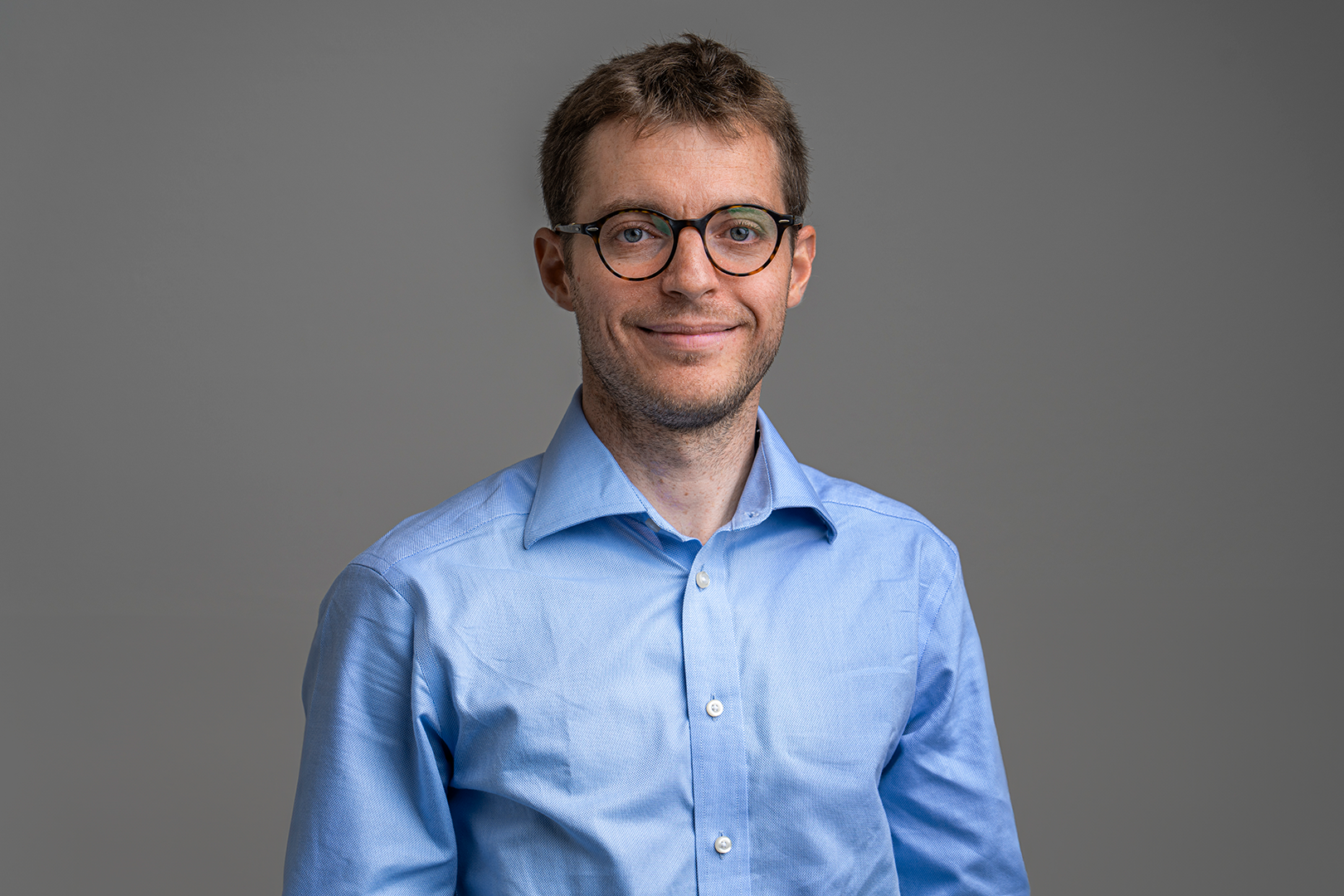Leonardo Bonetti
Research leader

Project title
The Well-Tempered Brain: a comprehensive investigation on the neurophysiology of auditory long-term memory and predictions
What is your project about?
The Well-Tempered Brain investigates how the human brain forms long-term memories and makes predictions for complex sound sequences, such as musical melodies. The project combines two advanced techniques to record brain activity: magnetoencephalography (MEG), which is non-invasive, and stereoelectroencephalography (SEEG), which involves direct recordings from inside the brain. By integrating these complementary methods with novel analytical tools, we can observe brain dynamics with both high precision and wide coverage. This unique approach will help uncover how different brain regions and networks interact during memory formation and recognition. While the project focuses on basic research, its findings could one day inform efforts to better understand memory impairments and inspire new therapeutic strategies.
How did you become interested in your particular field of research?
I began my career as a classical musician, performing complex musical works where memory and structure are essential. I was especially fascinated by how subtle changes in sequences could dramatically affect my ability to memorise them. This sparked a deeper curiosity: how does the brain make sense of patterns and time? Thus, I also trained as a cognitive neuroscientist to study these questions scientifically. Along the way, I developed a strong interest in data analysis, which led me to focus on creating analytical tools to disentangle overlapping brain processes and reveal functional networks. Bringing together my background in music, my training in neuroscience, and this methodological focus now gives me a unique opportunity to rigorously explore the questions that have fascinated me for years: how does the brain process, store, and predict structured information over time?
What are the scientific challenges and perspectives in your project?
The project addresses key challenges in understanding how we consciously encode, predict, and recognise complex auditory sequences. This requires integrating neural data from multiple sources, both invasive and non-invasive, collected across different timescales, brain regions, and recording setups. A core difficulty is the complexity of these dynamic, high-dimensional datasets. To tackle this, I combined insights from several disciplines, gained hands-on expertise in diverse neurophysiology techniques, and developed new methods to understand neural signals. Now, with a strong multidisciplinary team, I aim to reveal previously unknown brain mechanisms for processing information over time.
What is your estimate of the impact, which your project may have to society in the long term?
This is a basic research project aimed at advancing our core understanding of how the brain processes time and sounds; fundamental aspects of human cognition. In the long term, its societal impact could be significant. By revealing how the brain encodes and recognises memories of sounds, the project may eventually contribute to a better understanding of memory-related disorders, such as Alzheimer’s disease. Insights from intracranial brain recordings could also guide future work on improving neuromodulation techniques like deep brain stimulation (DBS), which are used in the treatment of several neurological conditions. While further work would be needed to apply these insights clinically, this project lays an important scientific foundation for that possibility.
Which impact do you expect the Sapere Aude programme will have on your career as a researcher?
The Sapere Aude grant is a decisive milestone in my career. It allows me to fully step into the role of independent research leader, taking charge of both the scientific vision and the mentoring of a team. It significantly boosts my visibility and strengthens my academic profile. In addition, it allows me to build or deepen collaborations with leading institutions such as the Universities of Oxford, Laval, Oslo and MIT, while establishing my research group in Denmark at Aarhus University. This grant not only enables the current project, but also helps me develop a long-term research vision around memory, the auditory system, and multiscale brain networks, laying the foundation for sustained scientific leadership and meaningful contributions to both Danish and global neuroscience.
Background and personal life
I am driven by a need to keep my mind engaged, drawn to challenges that offer freedom, but demand discipline, sacrifice, and hard work. I thrive in environments where I can think deeply, take intellectual risks, and hold myself to high standards. That is why research felt like a natural path. Outside the lab, I find balance in physical activity: I play football and enjoy endurance sports like swimming, cycling, and hiking. These moments often provide the mental space to reflect on scientific questions from a different angle. Travel and time spent at different institutions and places also allow me to grow professionally and personally, opening my perspective and reinforcing the connection between people, ideas, and places. For me, science is not separate from life, it is instead shaped by the same curiosity and drive that fuel everything I do, both mentally and physically.
View all research leaders here
Research institution
Aarhus University
Research field
Neuroscience
City of your current residence
Aarhus
High school
Liceo Scientifico Enrico Fermi, Bologna, Italy
